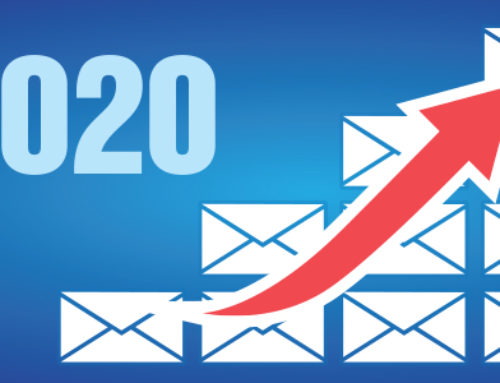If you keep up with marketing for the financial industry, you know this: how to best communicate with and service banking customers is a huge topic, because there are so many different ways to do this now, and customer needs and preferences vary. Gone are the olden days where customers were limited to making a phone call or visiting their local branch to conduct business and solve problems.
Today a customer might skip a frustrating phone session with an automated voice choosing instead to get his or her questions answered on Twitter, make a complex mortgage decision via a mobile phone app, or share a detailed review with the whole world about their experience at your financial institution on Google.
So how much “in person” customer service is needed? How many local branches are necessary? Can a bank survive existing only online? Does customer service fail if everything is a robot or a chat bot?
I think there is an obvious answer to this—financial institutions need all the options. For a few reasons. First of all, as we all know, customer preferences vary widely. And while people demand the convenience and speed of digital services, when a real problem arises, they don’t want to speak to your robot. There is nothing more frustrating than getting the run around from the automated voice on the other end of the line.
And when it comes to communicating with customers, marketing to them—the same mix of the old and the new is needed. Whether you are using a multi-channel marketing campaign or an omni-marketing campaign (ideally, you are doing both—using multiple channels and maintaining one consistent story), a healthy dose of traditional direct mail is the way to hammer home your online efforts.
Plus, direct mail cuts through the clutter—by virtue of being itself. There is less of it now, less competition in the mailbox, and customers are more apt to read it. (Online, marketing messages are rampant, we simply tune them out.) Holding a piece of mail and reading it is a different kind of learning experience for the brain than staring at a computer screen, which means recipients are more likely to remember the message. So if you’re spreading a message online, the best way to reinforce it is through the real mailbox, the one with the red flag.
Besides marketing, there are many legal communications banks must share with the customers. While legal communications may not be the most “fun,” they offer more opportunities to build a positive relationship through clear and helpful messaging. Some legal communication is moving online, but keep in mind, it’s easier for those notifications to be overlooked or dismissed in email. But not in the mailbox.
Overall, the answer is clear. As we move into the future, digital communications are essential to banks. But so are the old, trusted standbys: real people and real mail packages in hand.
Is your financial institution working on a marketing strategy? Whether you’re figuring out digital or direct mail communications, or you need help producing them, EdgeMark is here for you.





